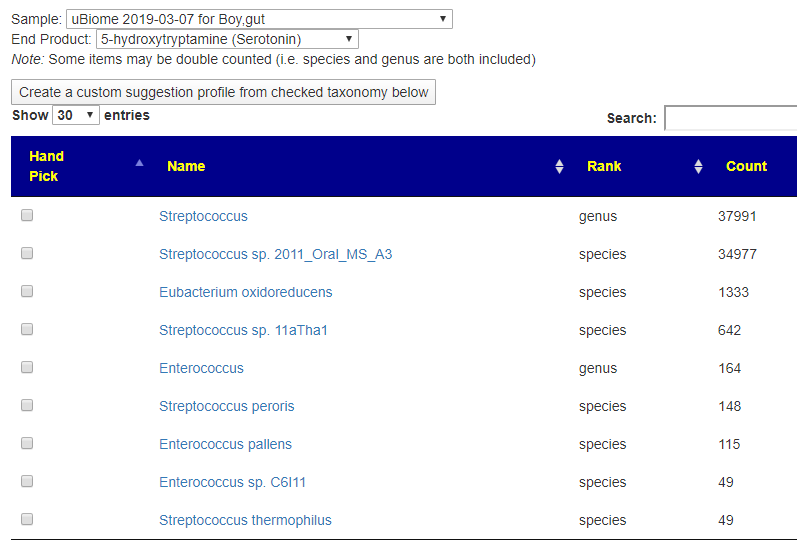Levels of serotonin (5-hydroxytryptamine) synthesis in typically developing children are approximately twice those of adults; after the age of 5 years, levels decrease to those of adults. In contrast, levels of serotonin synthesis of children with ASD increase between ages 2 and 15 to 1.5-times adult values. The dopamine transporter is increased in the orbitofrontal cortex of men with ASD. The serotonin transporter is reduced in the brains of children, adolescents, and adults with ASD. Reduced serotonin receptors in the thalamus of adults with ASD are associated with communication difficulties. Glucose metabolism is reduced in the brains of people with ASD.
Molecular imaging of autism spectrum disorder. [2017]
“The results indicate that SERT binding capacity is disturbed in autism. The reduction is more evident in adolescence than in earlier childhood. The low SERT binding reported here and the low serotonin synthesis capacity shown elsewhere may indicate maturation of a lesser number of serotonergic nerve terminals in individuals with autism”
Serotonin and dopamine transporter binding in children with autism determined by SPECT. [2008]
This lead me to look at microbiome dysfunctions.
The current study found that L. plantarum ATCC 8014 and inulin could reverse the cognitive impairment of the diabetic rats in the current work. Following the supplementation, improved antioxidant capacity was similarly observed in the hippocampus and PFC. In this respect, normalization of the gut microbiota after the intervention could increase the concentration of serotonin and BDNF and enhance the BDNF/TrkB/CREB pathway in the two brain regions.
The potential therapeutic effects of the gut microbiome manipulation by synbiotic containing-Lactobacillus plantarum on neuropsychological performance of diabetic rats. [2020]
“The gut microbiota is also critical in managing the bioavailable levels of tryptophan and consequently the synthesis of serotonin. Indeed, 95 % of all serotonin synthesis occurs in the GIT, which influences its availability in the brain” (O’Mahony et al., 2015).
On Microbiome Prescription we have a list of bacteria known to produce serotonin,
http://microbiomeprescription.azurewebsites.net/Data/EndProductProducers?epId=2



Bottom Line
From the microbiome, we can estimate the amount of serotonin being produced by the gut bacteria. There are four genus involved. Two of these genus are available as probiotics: Symbioflor-2 (Several Escherichia Coli species); Mutaflor (Escherichia Coli Nissle 1917) and Symbioflor-1 (enterococcus faecalis). On the other ones, you can click on their name below to find out what increases or decreases them.

Reminder: This is an educational post reporting on the literature. It may suggest actions that should be discussed with your physician before implementing.